Holiday Cleanup

By Melanie Stewart
As the Holiday Season comes to a close we must start the process of cleanup. As you do so, recycling will help minimize the impact of a season that sees household waste increase by 25%.
Recycle received holiday cards, reuse as many wrapping and decorating supplies as you can, and compost whatever leftover food you can that you won’t eat.
To recycle Christmas trees, remove nails, wires, ornaments, tree stands, plastic bags, and lights and take them to any of the locations listed below. Volunteers will be in place on the 2nd and 3rd to help unload. Save gas and spread some holiday cheer by combining trips with your neighbors!
Wreathes/evergreen roping are not accepted but flocked trees are ok. Click here for complete information. We hope the city will update the end date, currently listed at Tuesday, January 7th; not sure if the day or date is incorrect.
Sarpy County usually has tree recycling, but at time of submission, their page hadn’t been updated for this year.
Have old Christmas lights that you don’t use anymore or non-functioning strands? Take them to Scrap Central, 2728 N. 85th St, for recycling. Remove all packaging, bags, twist ties, and rubber bands and Scrap Central will recycle them, donating proceeds to Susan G. Komen Nebraska.
While recycling is great, to really have an impact, reducing and reusing is the best way to go. Did you/kids get battery operated gadgets? Rechargeable batteries are worth the extra up front cost, both for your budget and the environment. Are you buried under catalog clutter? Remove yourself from mailing lists (they can help with phone calls too!).
Take the time now to make note of what you’d like to change next year, and save money during after-Christmas sales. Do you need some extra dishes or cloth napkins so you can eat with resuables? Too much wasted food? Write down what you can cut back on now. Were the holidays more about stuff than substance? You aren’t alone, 70% of Americans would welcome less emphasis on gift giving and spending. Consider cutting back and start planning with your family now. Reduce what you buy, draw names, host an alternative gift fair, or donate to a charity instead. Simplify the holidays now to have a great season next year.
Christmas Tree Recycling Locations, Omaha:
- Tranquility Park
120th Street & West Maple Road. - Omaha’s Henry Doorly Zoo and Aquarium
Northwest corner of parking lot, near intersection of Bob Gibson Drive and South 13th Street.. - Orchard Park
66th Street North of Hartman Ave. - F Street Football Field
F Street East of 156th Street. - Ta Ha Zouka Park
20801 Elkhorn Drive. - Kelly West Park
87th Street & Park View Boulevard. - Wehrspann Lake
Highway 370, between I-80 and 168th Street. - Bellevue Old Sarpy County Landfill
8902 Cedar Island Road - Papillion Senior Center
1001 Limerick Road - Papio Bay
815 East Halleck Street - LaVista Sports Complex
66th Street, 2 blocks South of Harrison Street - Hughes Mulch Products
3211 Keystone Drive..
Climate Change Agreement

By Melanie Stewart
For the past two weeks we spoke about the Climate Change talks in Paris and why they are important, as well as reasons for hope.
As we find ways to make changes in our own lives to be part of the solution, I think it’s important to remember that as a healthcare institution, our mission galvanizes us to “create a healthy future for all individuals and communities”. Ameliorating the effects of global warming protects and improves health.
The Lancet calls climate change “the biggest global health threat of the 21st century” as asthma will increase, asthma attacks will be more severe, we will have more heat related maladies, more allergens, and increased water and vector-borne diseases. And it’s expensive: from 2002 to 2009 healthcare costs exceeded $14 Billion, and that’s just from 6 major events.
Now there’s a new reason to be hopeful: the Climate Change talks yielded an agreement.

No, it’s not perfect, I don’t think anybody will tell you that. It is impressive that 195 different countries were able to come together and create a plan that they all agreed to in two weeks! Before going into the talks the United Nations secretary general, Ban Ki-moon, said there was “no Plan B” and he’s right, we are at a tipping point and action needs to be taken.
Action is needed and this plan should put that into effect. When exactly a tipping point will take place is hard to predict as it’s determined by things that haven’t happened yet. This means several models have to be run to come up with these scenarios. Unfortunately virtually all predictions feel this deal, should it be fully enacted, will still not keep us under the 2 degree mark that scientists have called for.
It’s important to note that, once signed, it’s legally binding, but it’s not a treaty. This means getting money for change will still require legislative action. While there’s worry that this can hamper our economy by forcing businesses to make changes, many predict that it will help businesses by decreasing costs in the long run, increasing efficiency, and expanding markets.
We have the ability to be innovative and find new technology that will make us better…new technology that can be sold to other countries to help them achieve their goals while strengthening our economy.
Climate Change Hope

by Melanie Stewart
In last week’s article, I spoke of the threat of climate change. It affects every aspect of our lives, from the weather, our health, our economy, our safety and even our existence on the planet. It’s imperative that we discuss climate change and make changes to prevent future damage, so we can mitigate the effects of damage already done. While it’s important to know the facts and projected effects, it’s a real downer to talk about.
But don’t despair, there’s hope.
The Climate Talks in Paris can lead to real change. The proposed efforts can save energy, tax dollars, make air and water cleaner, and ultimately keep average global temperatures from rising two degrees Celsius above pre-industrial levels. Many local leaders have pledged to do more than the proposed goals of the conference. The U.S. is helping to lead the discussion.
While these goals will change things for us, they will largely affect how governments, large energy companies, and large energy consumers operate.
That’s great, as that’s where the biggest impact will be most visible. But with more than 7 billion people on the planet, what can individuals do?
First, get educated. Don’t worry, you don’t have to be a climatologist to understand. This brief, interactive, FAQ is a great place to start. National Geographic has put together a special issue in sections that include articles, videos, infographics, and — of course — great photos.
Second, don’t ever discount the effect you are having. Everything helps. You may not feel as if turning off your computer monitor does much to help, but when you do that every time you leave your desk, it adds up. The effect is multiplied when many others do the same.
Third, use less energy. You can do this by turning off lights, using energy efficient bulbs or thermostats, adding insulation, plugging leaks, flying less, consolidating trips, using public transportation, carpooling, walking, biking (TravelSmart anyone?), eating locally produced food, growing your own food, eating less meat, and monitoring your buying habits.
Finally, remember that while you are making these changes, not only are you literally saving the world (not bad for a day’s work), you are saving yourself money, saving tax dollars, cleaning the environment, and improving your health and the health of those around you.
Climate Change Here?
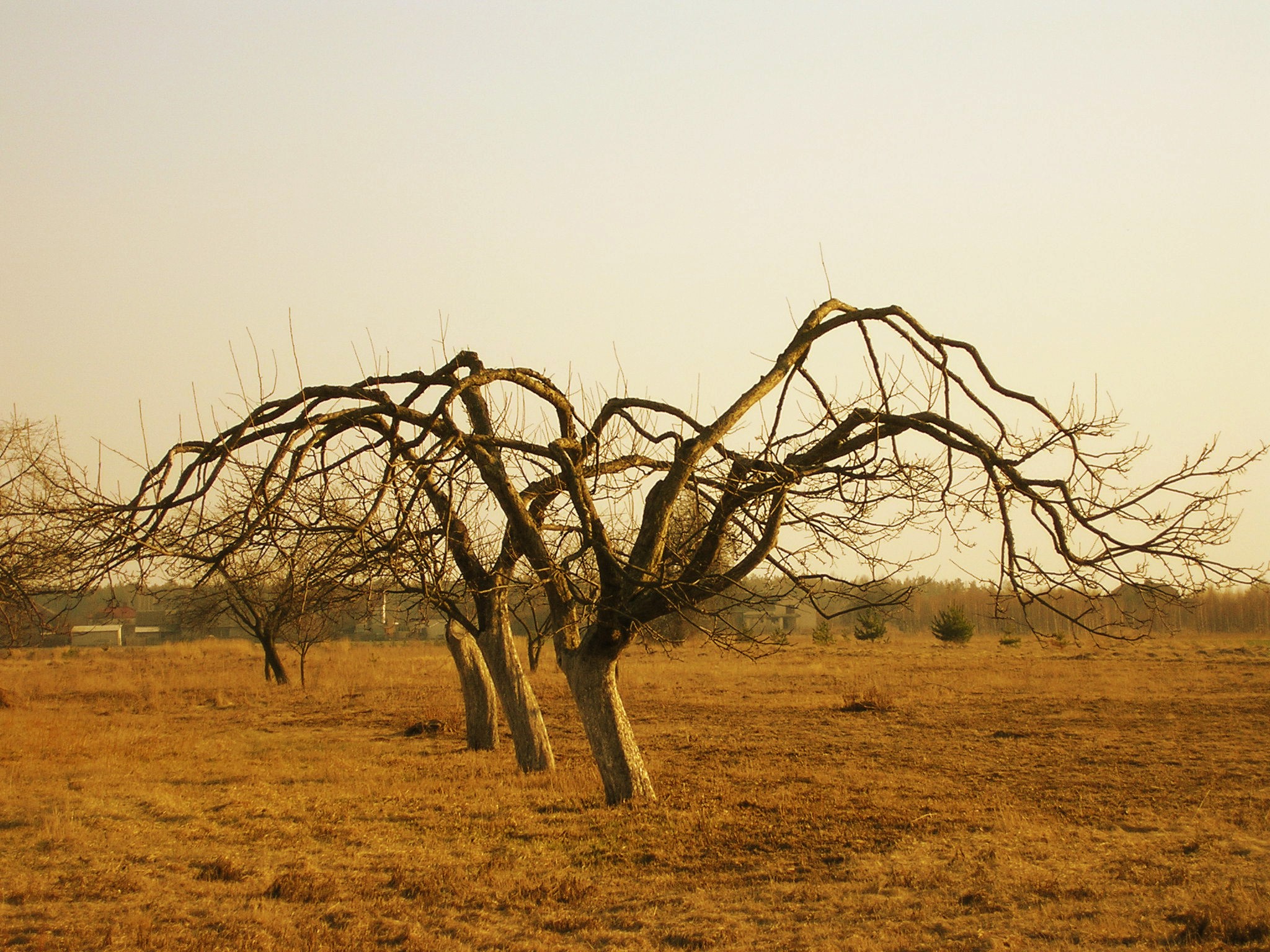
By Melanie Stewart
Earth’s climate is changing. From storms like Superstorm Sandy and the severe drought in the West, to occurrences like Spring’s torrential rainfall, and a late-arriving autumn, we see the effects every day.
I am excited about the meeting of world leaders in Paris to talk about climate change. After decades of good intentions this conference has the ability to bring about real change, change that could ensure our future on this planet. Many people, including some candidates for President, oppose these talks as a waste of time. I had to take a step back to realize how insignificant a global temperature increase of 2 degrees must seem, while terrorism, mass shootings, wars, and a volatile global economy are front page news. It’s difficult to think about the world 5, 50, even 100 years from now, when we are concerned with putting food on the table today.
Why should we care?

We are at the tipping point. We must do something now before we pass the point of no return. While that sounds ominous and far in the future, it’s really not. Superstorm Sandy killed 285 people, displaced thousands more, and cost the US more than $700 million. With increasingly violent storms, drought, and other events that affect food supplies, we are threatened now.
The Pentagon has called climate change a “threat multiplier” that will strain our defenses. As climate change affects developing nations, the result is famine, armed conflict, disease, and death. The extreme drought in the Middle East has been partly to blame for extreme poverty and hunger, contributing to civil unrest, increasing violence, and war.
Here at home, we are threatened as an agricultural state. How do we support ourselves without enough water to grow corn or raise cattle? This threat prompted UNL to initiate an extensive research study and put out a report on climate change impacting Nebraska.
The goal of the Paris Climate Conference is for nations to sign a legally binding pact that their countries will reduce greenhouse gas emissions, slowing climate change. Leaders representing the 195 countries in attendance understand the risks; the sticking point, as always, is money. Not only do we need to make changes, we must also help countries that lack resources to cope with the effects of climate change.
Next week: Don’t despair—there are many reasons to be hopeful!
TravelSmart Survey Results and Gift Certificate Winner
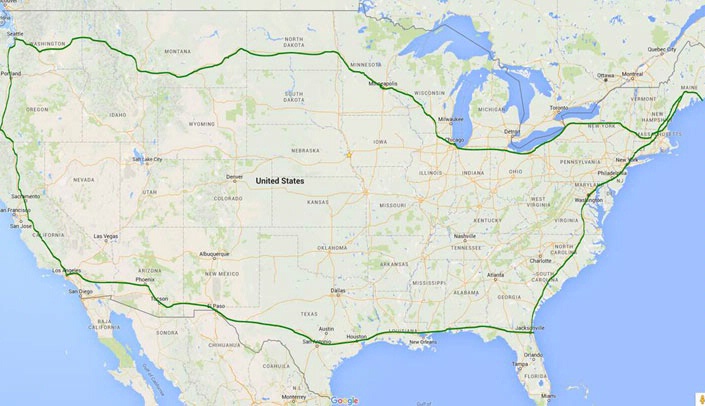
By Melanie Stewart
Earlier this fall, individuals who were on the TravelSmart interest group mailing list plus registered TravelSmart participants received a feedback survey. If you took that survey, THANK YOU! The information you provided was very helpful and not only lets us know what’s going on, but will help us to make improvements in the future.
First things first: the winner of the $50 gift certificate to eCreamery is Diane Landon!
Even if you didn’t take the survey, we received some pretty interesting information:
- Almost 700 people took the survey.
- 77% of participants use TravelSmart to get to work/school 3-5 days a week.
- 40% of participants have never used active transportation to travel to campus prior to TravelSmart.
- Most people participate to save themselves money (and they are saving a lot!)
- They also care about reducing pollution, improving their health/reducing stress, avoiding the hassle of parking and traffic.
- Approximately 18.6% of employees and students on this campus use active transportation to come to campus or people who work from home. This is an increase of 5.7% over the 12.7% baseline, and pushes us closer to our 20% goal in the Sustainability Master Plan.
- On any given workday, 293 parking stalls are available to others on campus because of people using active transportation.
Pretty great, huh? But wait—there’s more!
By using active transportation, TravelSmart participants are saving approximately 8,182 single occupant vehicle miles (miles that would have otherwise been taken by an individual driving a car) PER WEEK. Do you know how far that is? You could drive from Bar Harbor, Maine, to Buffalo, Chicago, Minneapolis, Seattle, L.A., Phoenix, San Antonio, Houston, New Orleans, Jacksonville, Washington D.C., Philadelphia, New York, and back to Portland, Maine, with miles to spare. If you are counting, that’s 33 states! And that’s just one week! If you extrapolate that out to year, it’s the greenhouse gas emission from 57.2 tons of waste in a landfill, or CO2 emissions from producing electricity for 21 homes, or the carbon sequestered by 3,952 tree seedlings grown for 10 years! That reduction in pollution helps to prevent asthma attacks, cancer, and premature death, while helping those with COPD and other respiratory diseases.
Way to go TravelSmart Participants!
Don’t forget, if at any time you have any questions, concerns, or feedback about the TravelSmart program, whether you are registered or not, please don’t hesitate to contact travelsmart@unmc.edu .
Start Now to Green Your Holiday Season
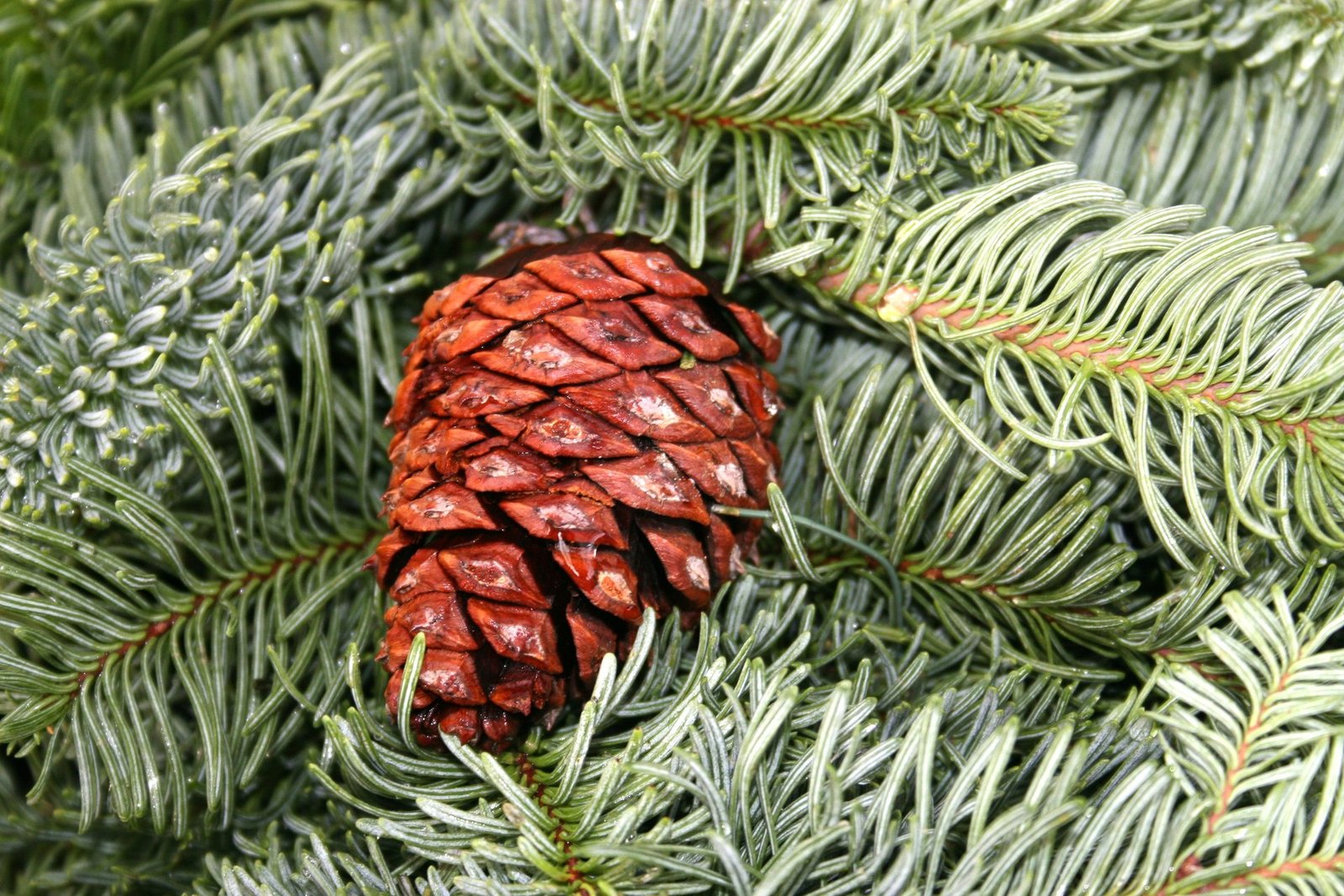
by Melanie Stewart
Did you know that waste increases by 25% between Thanksgiving and New Year’s? Not really surprising when you starting thinking about all the shopping, eating, and traveling.
Luckily, there are a lot of things you can do to reduce your waste and have a happier, healthier holiday season, but you have to start planning now!
- Reduce the focus on gifts and concentrate on the things that really matter, and that includes your sanity.
- If you exchange gifts, consider buying experiences, like museum/zoo membership, or donations instead of stuff. Consolidate your shopping trips to save gas, take reusable bags, consolidate online shopping to save on shipping, and look for products that contain non-toxic, responsibly sourced materials.
- Wrap gifts in reused materials; if every American household wrapped 3 gifts in reused materials (maps, Sunday comics, cloth bags) enough paper would be saved to cover 45,000 football fields! For everything else, use recycled content paper and reusable gift-bags, boxes, and bows.
- Decorate with non-toxic items, reuse as many items as you can, and remember that more is not always better.
- Recycle your old lights and get a credit you can use to buy new, efficient, LED lights.
- Reduce junk mail by contacting Catalog Choice to remove your name from marketers’ databases.
- If you are hosting, buy food in bulk to reduce packaging. Larger containers contain less material than individual serving sizes.
- Make it easy for guests to recycle, and recycle everything you can’t reuse.
- Consider sending E-cards; saving trees and your time and money, or send cards they can plant. Recycle or reuse (for decoration, future gift tags, or craft projects) any cards you receive.
- If batteries are needed, buy rechargeable—they’ll save you money and trips to the store in the long run. Recycle single use batteries at Batteries Plus.
- Instead of using chemically-scented candles, burn soy or beeswax candles with essential oils, let your cooking do the talking, or simmer some natural, homemade potpourri on the stove.
- Check your thermostat: more people and more cooking means the temp can be lowered. Every 2 degrees lower saves $100 a year, saves the equivalent carbon emissions as driving a car 3,000 miles, and people get to be comfortable in their (reused) ugly Christmas sweaters.
- If you didn’t buy a potted (or artificial) tree, make sure to recycle your tree when you are done celebrating.
- There’s still time for this!
Help Us Help you
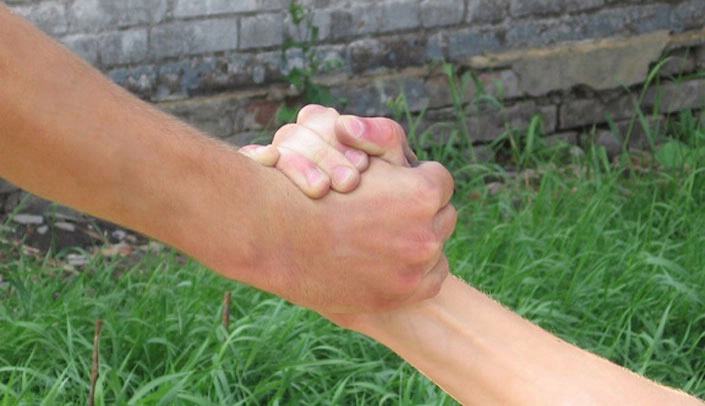
by Melanie Stewart
LiveGreen has a lot of great stuff happening on campus, and we could really use your help on a couple of things:
Since its installation in April of 2014 over 3,000 books have been donated to us and given away at the Little Free Library, and that doesn’t count all the books you have placed directly on the shelves. Thank you! We can still use more, so feel free to bring books in whenever you can. If you have a large donation, email livegreen@unmc.edu and we’ll help!
Check out our Supply Exchange. There are lots of free research and office supplies waiting to find new homes while saving you money.
Lab coat rebranding should be complete. If you would like to donate your ‘old’ coat we’ll remove the names and patches and find a school that needs them for art or science classes. Coats can be dropped off at the UNMC Bookstore in the Student Life Center, Company Store on the main floor of Clarkson, or by contacting livegreen@unmc.edu.
Thinking about using one of the Zipcars on campus? Be sure to sign up with Zipcar ahead of when you need it. You will receive a card that will allow you to reserve and use a car. Zipcars are for personal use only.
If you are on the 42nd and Dewey campus, recycle cardboard by breaking down boxes (all types and sizes) and leaving them for your EVS rep. Don’t place cardboard in paper recycling bins. Metal and plastic are comingled in the green bins. Plastic must be rigid/hold shape, regardless of number. Bottles, cups, lids, utensils, straws, frozen dinner trays, etc. can all be recycled. Plastic bags, cellophane, film, etc. cannot be recycled.
You can recycle 9V, AA, AAA, C, & D single use alkaline batteries from your work on campus. Please tag rechargeable batteries of any size and ‘button’ batteries separately for pickup by Chem Safety. Batteries from home cannot be recycled here.
Is your TerraCycle box for writing instrument recycling filling up? Dump it into another box, Contact energy@nebraskamed.com for a free shipping label, send it in, and keep your TerraCycle box. TerraCycle upcycles or recycles the items and makes a per-item donation to Nebraska Medicine.
If you took the TravelSmart or Sustainability Survey, thank you! Results and gift certificate winners will be announced soon!
Winterize Your Home
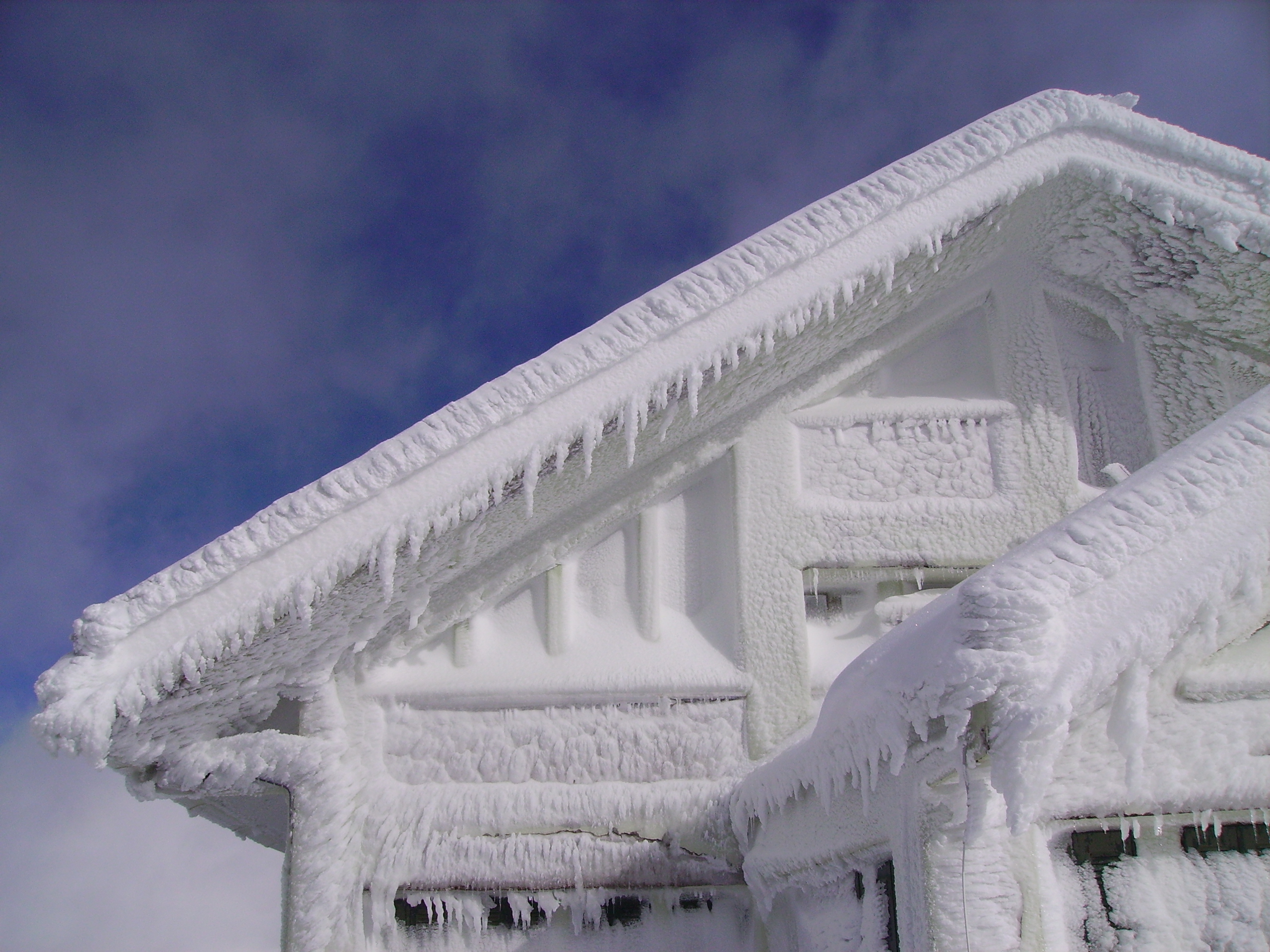
by Melanie Stewart
With a little taste of cold weather last week, we are reminded that it’s not too late to make simple, inexpensive changes that can keep you comfortable this winter. With almost 50% of your total energy bill going to heating, it can save you a lot of money too! LiveGreen has plenty of tips below, including “how to” videos.
Stop cold air from getting in:
- Install storm doors and windows, making sure they close securely.
- Remove window A/C units or cover them, sealing the edges to the window frame.
- Caulk gaps on the exterior between window frames and siding, as well as the frame around your attic. Plug all holes and caulk all gaps where different building materials meet – along the foundation and where chimneys, pipes and wires enter the home.
- Close the damper on your fireplace when you’re not using it or use a chimney balloon.
- Weatherstrip windows and exterior doors and adjust or replace door sweeps.
- Put draft snakes or rolled up towels against doors and on window sills.
- Insulate electrical boxes that house outlets and switches in exterior walls with pre-cut foam gaskets.
- Put window plastic over leaky windows.
Keep the warm air in:
- Add insulation to your walls and attic.
- Insulate exposed hot water pipes.
- Insulate the basement rim joist that separates the frame of your house from the foundation
- Seal duct work with duct sealing tape or mastic.
Use less energy:
- Run ceiling fans clockwise to circulate warmer air down into the living space.
- Clean or replace furnace filters regularly. This increases efficiency while extending the life of the unit.
- Open and clean vents in rooms you use; close vents in unused rooms.
- Get a programmable thermostat and turn the heat down when you leave the house and when you sleep.
- Set your thermostat as low as you comfortably can when you’re home; wear an extra layer or grab a blanket.
- Turn down the water heater. Lowering the temperature to 120° F can reduce your water heating costs 6% -10%.
Other Resources:
- Check out this Fall Home Maintenance Checklist.
- Prevent Pipes from Freezing.
- Check the Database of State Incentives for Renewables & Efficiency for rebates and incentives if you’re adding insulation, replacing the furnace or water heater, or planning any other ‘big’ project.
Dig in for a Green Holiday Season
by Anne Rivas
As we finish up outdoor chores this fall, let’s look at some actions we can take now to have a greener holiday season. For instance, it’s early enough to dig a hole for a live, ball and burlap holiday tree. Decide now what size tree you want, and figure out the best place to plant it, taking into account its eventual full-grown size, light and water requirements. The hole should be twice the size of the root ball, and you will want to save the dirt you remove so you can use it when you plant your tree after the holidays. Store the dirt in a shed or garage to keep it from freezing.
A potted houseplant can also serve as a holiday tree. We decorate a Norfolk Island Pine that spends the winters indoors and summers on the porch. Cut trees are still an option as they are a renewable resource, and can be tree-cycled.
Autumn’s colorful leaves, seed pods, and pine cones make wonderful decorations. When I was a child, we pressed leaves between sheets of waxed paper to preserve the color and keep the leaves from crumbling. One year,
![Anne0701[1]](https://livegreennebraska.com/wp-content/uploads/2015/02/Anne07011.jpg)
Pressed leaves can be composted when you no longer want them. Seeds from the seed pods, particularly milkweed, can be saved and planted in the spring. Check to see if the plants are invasive before planting.
Bring some herbs indoors for the winter or take cuttings to root. If you pot plants from your garden to bring in, rinse the dirt off and put them in clean potting soil to avoid bringing insects indoors. Potted herbs (without bugs) make great holiday gifts.
Household paper can be recycled into homemade paper for gift tags and holiday cards. You can even embed seeds in the paper so your homemade card can be planted outside in the spring.
Green Your Halloween
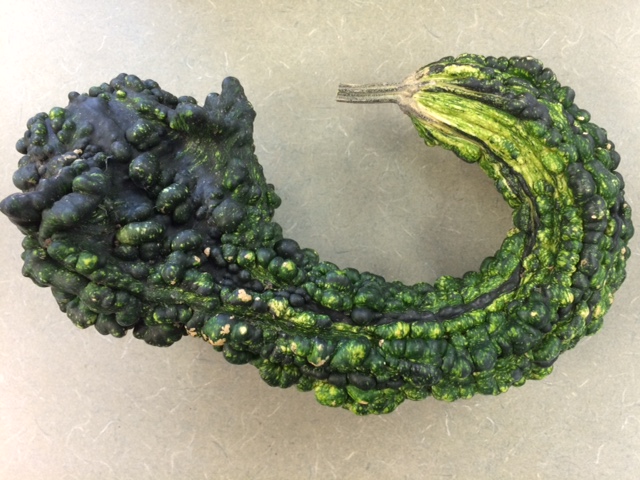
By Melanie Stewart
Did you know an estimated $7.4 billion was spent on Halloween last year with the average American spending close to $80 on Halloween related stuff? Unfortunately most Halloween costumes are intended to be single use items and are often made from cheap, non-recyclable materials and are made of flame resistant fabrics which have been treated with toxic chemicals.
To help reduce waste and to help keep your family safe, LiveGreen has some tips for you to ‘Green your Halloween”
- Costumes: Use items from home or from thrift stores to make your own. Save them for future years. Kids outgrowing costumes you already have? Gather friends, family, and neighbors and organize your own ‘costume swap’. Most costumes are still in good shape and classics can be used for future Halloweens or dress-up.
- Make-Up: Most make up contains toxic chemicals. Consider making your own by following the instructions on this page .
- Pumpkins: When carving, save the seeds for a fun and healthy snack. After decorating, place them in your compost pile or small pumpkins (non-carved) can be used for baking.
- Bags: Use re-usable bags or go old school and use a pillow case for collecting treats. If you have purchased a plastic pail, reuse it for years to come…for treats and decorating.
- Energy: Don’t be an Energy Vampire! Add to the scary effect by turning off the lights inside your home. While you are at it, don’t forget to unplug those ‘vampire devices’ – items that suck energy from your home while not providing any function. These are items that are plugged in but not turned on, yet still using energy, things like cell phone chargers, radios, small kitchen appliances, etc. The average US household spends $100 a year on vampire loads! Use powerstrips to make turning off appliances easier, unplug and store some items, or get rid of items you don’t use.
- Trick-or-Treating: Stay local! Halloween can be a great community event, so stay in your community! Leave the car at home, save yourself some gas, and enjoy the night by walking your kids to houses and talking to neighbors.
- Decorating: Set the mood by using petroleum free candles (beeswax burns cleanest), put LED bulbs in any light-up displays, and turn items from your house into something new. The possibilities are endless, just ask Google.
